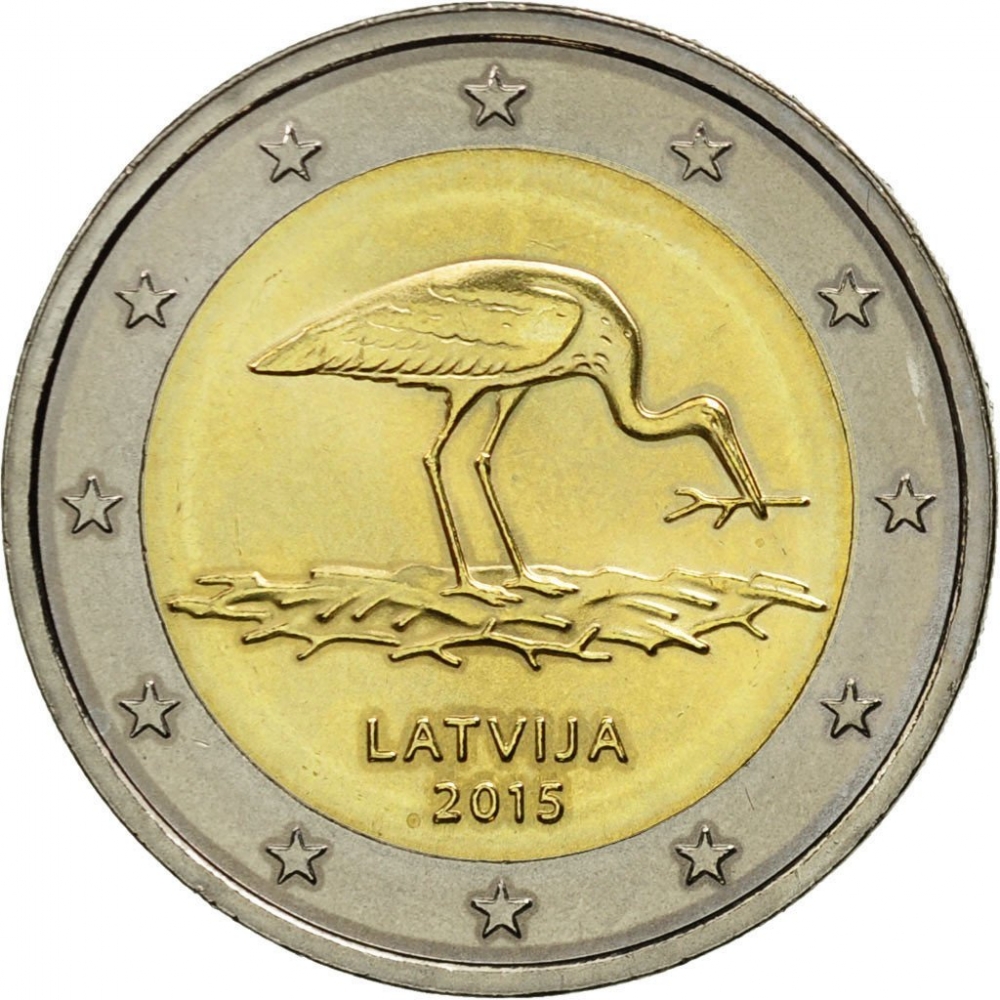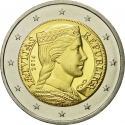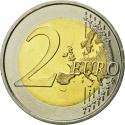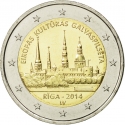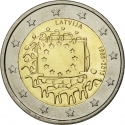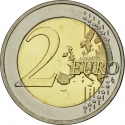You are about to finish your registration. Please check your mailbox (including spam folder). There should be a letter with a confirmation link. Check setting to make sure that your e-mail address is correct.
Send letter againDescription
The coin celebrates the 10th anniversarry of the Black Stork Protection Plan in Latvia. The black stork is a large wading bird in the stork family Ciconiidae. It is a widespread, but uncommon, species that breeds in the warmer parts of Europe (predominantly in central and eastern regions), across temperate Asia and Southern Africa.
From mid-April to the end of August, Latvia's country landscape is dotted with nests of the white stork (Ciconia ciconia), and during this period people are used to listening to the sounds of bill clattering and to seeing these lanky-bodied birds in the vicinity of ponds and rivers. The black stork (Ciconia nigra), on the other hand, is a widespread yet uncommon bird, seen rarely in marshy areas or inland waters hidden in ancient forest tracts. Most of the white and black stork population nests in Europe. As their current species and habitat conservation status is inadequate, these species are distinguished by the European Parliament and Council Directive as requiring special protection measures to ensure their survival and breeding.
Obverse

|
Depicts a black stork, country name and date below. The outer ring contains the twelve stars of the European Union. LATVIJA |
|---|---|
Reverse

|
A geographical map of Western Europe spans the outer ring and inner core on the right side of the coin. The inscription 2 EURO is superimposed over the map of Europe, with the numeral “2” located in an open field representing the eastern Atlantic Ocean. 2 EURO |
| Edge |
Dievs, svētī Latviju! (God, Bless Latvia!) is the national anthem of Latvia. The words and music were written by Kārlis Baumanis (1834–1904). DIEVS ★ SVĒTĪ ★ LATVIJU ★ |
Swap now (4 offers)
Characteristics
| Type | Commemorative Issue (Circulating) |
| Material | Bi-Metallic |
| Ring | Cupronickel |
| Center | Nickel Brass |
| Weight | 8.5 g |
| Diameter | 25.75 mm |
| Thickness | 2.2 mm |
| Shape |
|
| Alignment | Medal |
| Mint |
Lithuanian Mint (LMK)
|
